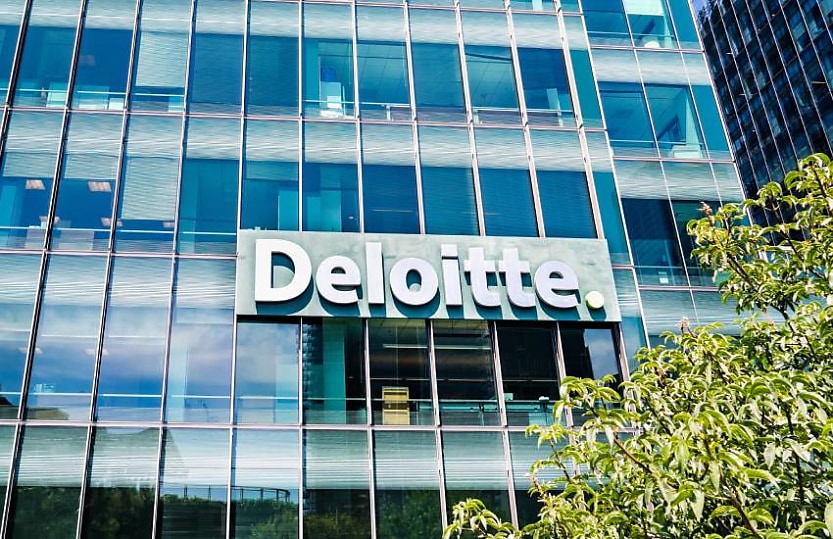Business investment takes direct hit from surge in uncertainty, report reveals

The outlook for business investment has continued to significantly deteriorate over the past 12 months, according to a recent Deloitte report.
Deloitte Access Economics’ latest version of its Investment Monitor has highlighted a continued decline in business investment over the past year.
In the report, it was noted the decline was attributed to the challenging operating environment of decelerating demand and rising costs that had begun to chip away at profits.
Deloitte Access Economics associate director Sheraan Underwood said increased uncertainty had always led to less investment.
“The slowdown in the Australian economy has hit business revenues. This has particularly been the case for businesses reliant on discretionary consumer spending such as those in the hospitality and retail trade industries,” he said.
“At the same time, operating costs continue to increase. Labour costs are above their long-run average and are expected to remain so through 2025, while non-labour costs such as energy and insurance are rising. Many businesses have been able to pass on higher costs to customers, which kept profit margins around pre-pandemic averages.”
“But total business profits fell over the past year, with large falls in the mining industry and small falls elsewhere.”
The report reflected businesses responding to the conditions by implementing cost-cutting measures as many believed it prudent to shore up their balance sheets and wait for greater certainty around the broader macroeconomic environment before investing.
Deloitte attributed the muted near-term outlook for business investment to the constrained construction industry capacity but noted the pressures were set to abate at the same time as economic growth was forecasted to accelerate.
Underwood said the longer-run outlook for business investment was supported by several opportunities.
“Significant investment will be required as Australia transitions toward net zero emissions, while technology trends are promoting investment in generative AI, software, as well as physical infrastructure such as data centres,” he said.
“These investments, should they be realised, will drive faster rates of productivity growth over time.”
Despite a lack of business investment, according to the value of the Investment Monitor database, it increased by 15 per cent over the past year.
The database consisted of a total of $505 billion worth of projects, while definite project investment increased by $81 billion over 2024.
Underwood said this was due to projects in the transport and renewable energy industries which had progressed through the planning stages.
However, the value of planned projects within the database experienced a $16.2 billion decrease over the last quarter and the risks to that outlook had risen.
It was noted in the report that high levels of uncertainty had been a feature of the Australian economy following the pandemic and the Economic Policy Uncertainty Index for Australia had more than doubled since the beginning of 2024.
This has continued a longer-running trend which has seen the average level of uncertainty increase after economic disruptions such as the global financial crisis and pandemic, Underwood said.
“Uncertainty has a negative effect on economic growth by delaying household spending and business investment. These types of economic decisions are based on expectations about the future,” he said.
“Uncertainty makes it harder to form a view on the future and tends to weigh on economic activity. This suggests that policymakers seeking stronger economic growth should work to minimise uncertainty. Greater transparency, well-designed institutions and strong communication can help better guide market expectations.”
About the author







